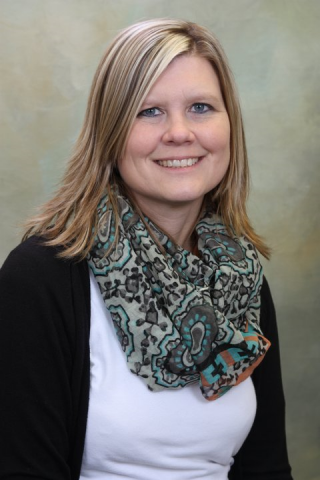When we think of influence, we tend to think about how we can affect someone’s character, development or behavior. Yet, we underestimate how we influence others indirectly or without knowing it. As leaders or educators in health professions education, how do we employ influence we have positively in trainee/educator relationships?
Dr. Vanessa Bohns gave an engaging plenary during the American Association of Colleges of Osteopathic Medicine (AACOM) annual conference in April 2022 regarding her work surrounding social influence. In particular, Dr. Bohns reminds us that people see us, listen to us, believe us (without vetting our comments) and agree to do things for us much more than we realize―in both positive and negative ways. Positive influence might be giving a compliment or saying a kind word that changes someone’s perspective, and it could also be modelling a positive behavior or doing something innovative that others then want to mimic. Negative influence might be encouraging unethical behavior or abuses of power. As a leader or person in power, a simple conversation can come across as a mandate or decision causing others to be reluctant to share additional information or thoughts they may have. By being aware of our influence, we can incorporate strategies to help mitigate our presence in the room and manage our influence while encouraging trainees to contribute and participate more fully. A few strategies Dr. Bohns gave to recognize our influence and reduce social pressures were:
- Fight your urge to provide answers or jump in to act, if not critical. This can be hard for leaders or educators who have been rewarded for jumping in, being first, or directing conversations by adding to them.
- Solicit opinions and input. Some trainees (whether introverted, not wanting to challenge someone in authority, or feeling under qualified) just need to be asked. Create a safe space for trainees to share their thoughts and ideas.
- Allow and encourage trainees to disagree with you----remembering that the person in power is not always right.
- Be comfortable with silence. Speak last allowing others to talk. While extended silence can feel awkward, leaders or educators can employ wait time to provide space for people to think critically about what they want to say.
- Use indirect influence as a behavioral contagion similar to Liam’s garden. We see people especially in our social network doing something and we consider doing something that we had not considered.
- “Get perspective” instead of “take perspective.” In taking perspective, we never leave our own heads; we spend a lot of time thinking but don’t actually get information. When we get perspective, we ask “why did you do that?” and “what did you think about that?”.
- Express more gratitude and appreciation. Leaders or educators should find ways to formalize expressions of gratitude, especially in practice (for patients to practitioners to trainees). Patients don’t always know where to send notes or letters of appreciation. This affects both those sending and getting these sentiments.
Curiosity is one of the most important skills to develop when thinking about your role as an indirect influencer. What strategies have you used to check your influence? How do you increase your curiosity to broaden your influence? Share your thoughts at #MedEdPearls!
#MedEdPearls are developed monthly by the Central Group on Educational Affairs. Previously, #MedEdPearls explored topics including ideas for engaging students virtually, a one minute pause on mattering, and counseling and remediating the struggling medical educator.

Machelle Linsenmeyer, EdD, NAOME, (Assessment, ’07) is an educational technologist and assessment specialist. Machelle currently holds a position as Associate Dean for Assessment and Educational Development at West Virginia School of Osteopathic Medicine. Machelle’s areas of professional interest include academic portfolios, academic management systems, and entrustable professional activities/innovative assessment techniques for progression toward practice. Machelle can be followed on Twitter, LinkedIn, or contacted via email.
#MedEdPearls

Jean Bailey, PhD – Virginia Commonwealth University School of Medicine
Carrie Bowler, EdD, MS, MLSCM (ASCP) – Mayo Clinic
Kristina Dzara, PhD, MMSc (Educators ’16; Assessment ’16; HCE 2.0 ’17) – Saint Louis University School of Medicine
Shanu Gupta, MD – University of South Florida and Tampa General Hospital
Jennifer Hillyer, PhD – Northeast Ohio Medical University College of Medicine
Larry Hurtubise, PhD (HCE 2.0 '16) – The Ohio State University
Anna Lama, EdD – West Virginia University School of Medicine
Machelle Linsenmeyer, EdD, NAOME (Assessment ’07) – West Virginia School of Osteopathic Medicine
Rachel Moquin, EdD, MA – Washington University School of Medicine in St. Louis
Stacey Pylman, PhD – Michigan State University College of Human Medicine
Leah Sheridan, PhD – The Ohio University Heritage College of Osteopathic Medicine
Lonika Sood, MBBS, MHPE – Elson S. Floyd College of Medicine, Washington State University
Mark Terrell, EdD – Lake Erie College of Osteopathic Medicine
Stacey Wahl, PhD – Virginia Commonwealth University School of Medicine

